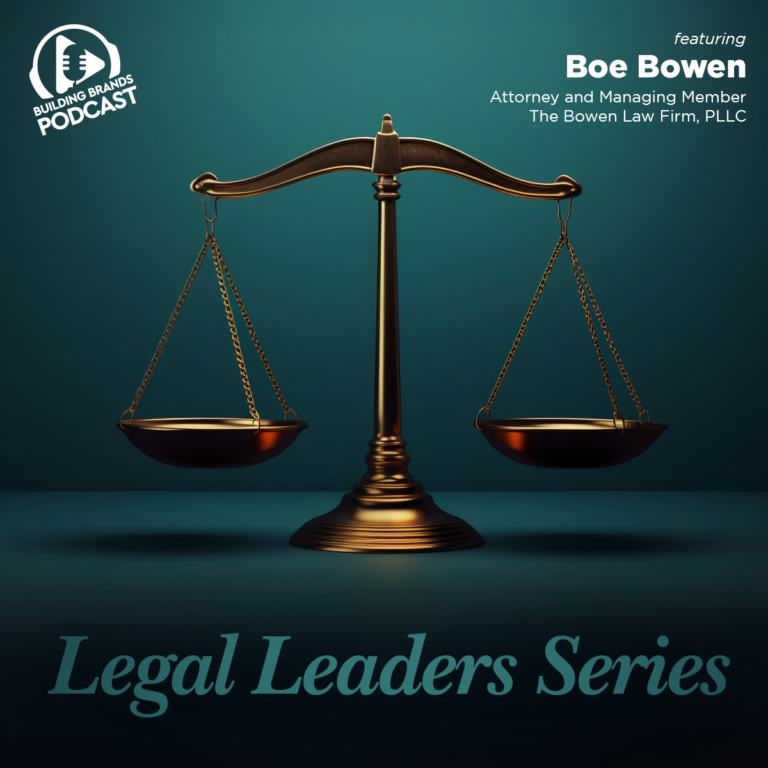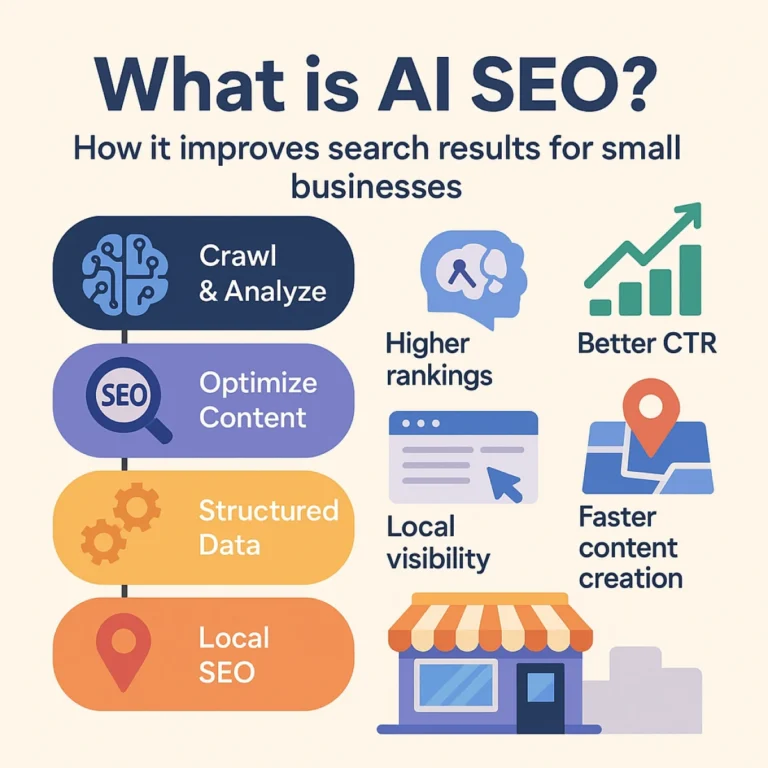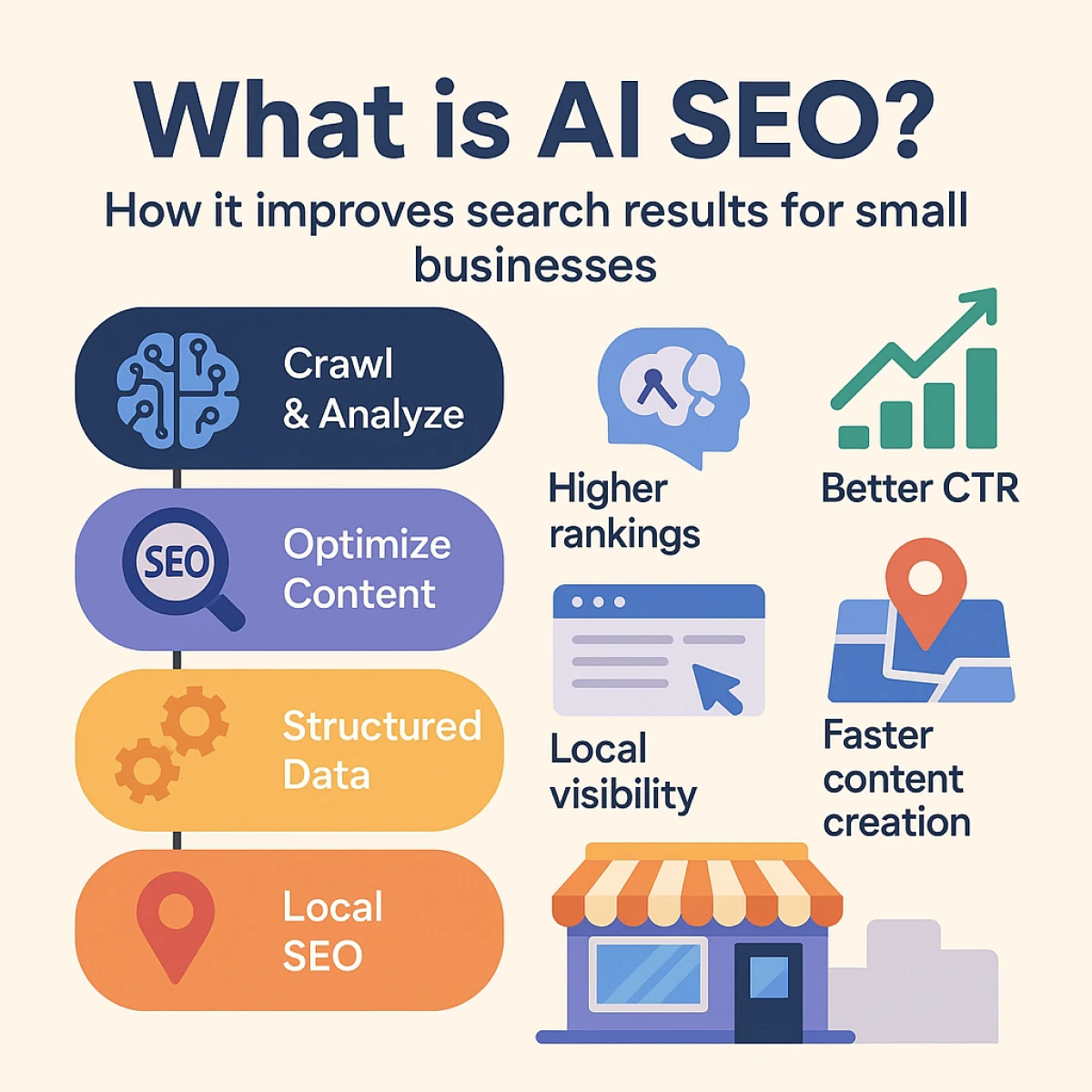Businesses are constantly seeking ways to maximize their online presence and reach their target audience effectively. Among the myriad of strategies available, integrating Search Engine Optimization (SEO), Search Engine Marketing (SEM), and Social Media Marketing (SMM) has emerged as a holistic approach to digital marketing. This integrated approach allows businesses to leverage the strengths of each channel to achieve greater visibility, engagement, and ultimately, conversions.
Understanding SEO, SEM, and SMM:
Before delving into the benefits of integration, it’s essential to understand the distinct roles of SEO, SEM, and SMM:
-
SEO (Search Engine Optimization): SEO focuses on optimizing a website’s content, structure, and other elements to improve its visibility and ranking on search engine results pages (SERPs). The goal is to attract organic traffic by targeting relevant keywords and providing valuable content.
-
SEM (Search Engine Marketing): SEM involves paid advertising on search engines like Google or Bing. This includes Pay-Per-Click (PPC) campaigns, where advertisers bid on keywords to display ads in search results. SEM allows businesses to target specific audiences based on their search queries and pay only when users click on their ads.
-
SMM (Social Media Marketing): SMM entails promoting a brand or product on social media platforms like Facebook, Twitter, Instagram, and LinkedIn. It involves creating and sharing content, engaging with followers, running paid ad campaigns, and leveraging social media analytics to refine strategies.
The Synergy of Integration:
When combined strategically, SEO, SEM, and SMM can amplify the effectiveness of each channel and produce synergistic results:
-
Expanded Reach and Visibility: Integrating SEO, SEM, and SMM allows businesses to reach a broader audience across multiple channels. By optimizing website content for relevant keywords (SEO), running targeted ads on search engines (SEM), and engaging with users on social media platforms (SMM), businesses can increase their visibility and attract more potential customers.
-
Consistent Brand Messaging: A holistic approach ensures consistency in brand messaging across all channels. Whether a user finds a business through organic search results, paid ads, or social media posts, they should encounter a consistent brand identity and message. This fosters brand recognition, trust, and loyalty among customers.
-
Enhanced User Engagement: Integrating SEO, SEM, and SMM enables businesses to engage with users at different stages of the customer journey. SEO drives organic traffic to the website, SEM targets users actively searching for products or services, and SMM facilitates ongoing interactions and relationship-building with customers. Together, these channels create a seamless and engaging user experience.
-
Data-Driven Insights: Each channel generates valuable data and insights that can inform and optimize marketing strategies. By analyzing metrics such as website traffic, keyword performance, ad impressions, click-through rates, and social media engagement, businesses can identify trends, preferences, and opportunities for improvement. This data-driven approach enables continuous optimization and refinement of marketing campaigns.
Integrating SEO, SEM, and SMM offers a comprehensive and synergistic approach to digital marketing. By leveraging the strengths of each channel and aligning strategies to work harmoniously, businesses can expand their reach, enhance brand visibility, engage with customers effectively, and achieve their marketing objectives more efficiently. As the digital landscape continues to evolve, a holistic approach to digital marketing will remain essential for businesses seeking to thrive in an increasingly competitive environment.








